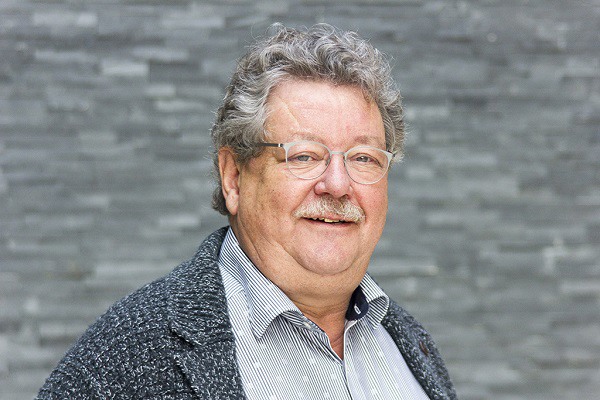Where are the most bananas grown? Most people would answer the Philippines, Guatemala, Colombia or Perú. These countries are well-known for the large volumes of bananas they ship to Europe every year. They are all in the top ten banana-producing countries. But, in 2019, India exported the most bananas - 30.5 million tons. This is not a well-known fact in Europe. That is because India only exports around five percent of its fruit.

"There's a reason for that," says Frits Popma of Popma Fruit Expertise in the Netherlands. Frits has three decades of experience with bananas. He has consulted on projects for more than 200 companies in 55 countries. Frits is currently working on a project in India. "In India, bananas are a poor man's food. The product doesn't look good. But because of the huge internal market potential, it sells anyway." Despite this, about ten percent of India's population does want better-quality bananas.
That is easily about 120 million consumers. India export figures are rising too, and more parties are open to it. Countries in the Middle East and Russia are the main export destination candidates. And although it is technically possible, Frits does not see large-scale export from India to Europe happening soon. That's because of the country's unfamiliarity with bananas and because of the quality. "Certainly not in the current logistical climate. Container shortages are pushing up costs," he says.
Hurdles
India would like to exploit their banana export chances better. The country also wants to focus on bringing an improved product to market. But, there are some hurdles to overcome, Frits points out. Most multinationals have already tried their luck, to no avail, at growing bananas in India. They left after a short time. It proved too difficult to copy the working methods used in the well-known export countries. Popma sees true export potential in India. But he warns, it is a long, expensive process.
One of the biggest hurdles, he says, is the total lack of infrastructure. Quality is, thus, not optimal. "Pre-cooling is a completely unknown concept here. The entire cold chain would have to be built from the ground up. It would be best if you had supermarkets and local partners for that. The parties stepping in must be aware that they won't make any profit right away. That takes time." The lack of infrastructure means India wastes 30% of its bananas.
Panama disease
The Cavendish is the most widely traded banana variety in the world. There are, however, 14 unique kinds, not known in Europe, in Indian stores. As a result, there is more crop biodiversity. That could offer protection against the fungal disease TR4 or Panama disease. This destroys entire banana plantations and contaminates the soil for decades. It is also spreading and has already struck Peru and Colombia. The Philippines, too, exports bananas. There, for example, the harvest has already decreased by 15%, Frits says.
And, at present, there is no means of eradicating this disease. India, however, is TR4-free for now. Rapid crop rotation also plays a role in controlling TR4. Frits says in Latin America, for instance, banana trees produce fruit for 20 years. In India, they are replaced every three years. "If no one can find a solution to TR4, a country like India - if they get it right - has a lot of export potential."
Dumping ground
Export issues often stem from differences in the sending vs. receiving countries' expectations. There is usually a lack of communication too. According to Frits, in India and some other countries, they do not usually weigh the boxes of bananas. That is not a problem in the internal market. But in Europe, underweight boxes lead to import duty issues. It is not easy to break into a long-established market either. "People born in, say, Ecuador or the Philippines, 'think bananas', so to speak, from a young age."
"That's because they've grown bananas for five generations. Everything's under control, and cost prices are known." Prices destination countries are willing to pay also play a role in the shipped bananas' quality. For example, in Europe, prices are low, but quality and certification requirements are high. "You can't get €1; it's just too low. If Europe does nothing, it will become the world's dumping ground. It must be willing to pay better. Because if banana exports can get €0.20 more for the same box of bananas in, for example, China, they'll go to China," Frits concludes.
